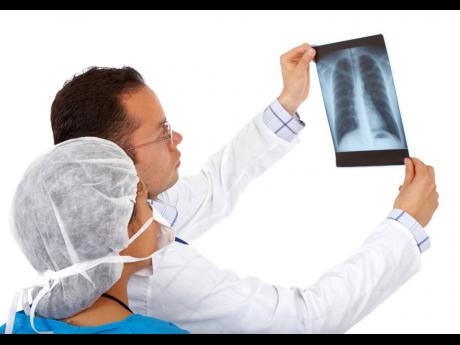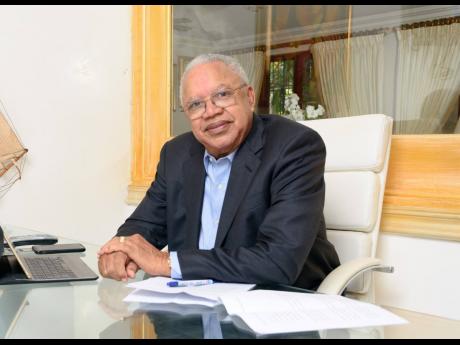Health Tech | Healthcare providers can collaborate better with technology
What if all of your healthcare providers could view your complete electronic medical record (EMR) before recommending treatment for the individual issue that they may be dealing with?
For example, it is often said that many illnesses can be first diagnosed through dental issues. Things like diabetes, for example, become apparent first in the oral cavity. Similarly, that and other non-communicable diseases can cause issues with the eye.
As it stands now, if you go to the dentist, you have a file there that is not in any way connected to your other medical records. The same applies to your family physician’s office, and if you had to see any other healthcare practitioner, such as a chiropractor or ENT specialist, they will all have separate records. We know that the body is so linked that an issue with one thing may mean that there are several other things affected. In the same way that one type of medication can affect another that is given for something unrelated.
SHARED INFORMATION
It is clear then that communication within a facility and between healthcare providers outside of it is essential to improving the patient experience and standard of care. Making accurate and timely diagnoses will require shared information and access to the patient’s complete health records. The best and perhaps the only way to bring together disparate health data to enable this is through the use of technology that would also ensure inter-operability throughout every stage.
This begins with proper and accurate documentation, which can be better facilitated with technology. Electronic recording of patient information can eliminate the need for several paper files, which may not be accessed in whole by the physician. This runs the risk of missing parts of the patient’s medical history and could affect diagnosis and treatment. It would also make it more difficult to craft a healthcare pathway for such a patient if full information is not available. Many times in our setting, the patient doesn’t have access to their records, paper or electronic, so it cannot even be left up to them to provide all the information that a healthcare provider may need.
Once health data is properly documented, the next step is to ensure that it is shared among all those who have a hand in treatment and care. Data integration and inoperability are important for this process, but equally important is the need for the patient to be brought into the fold. This way they can actively participate in their own care and better understand the trajectory that their healthcare provider recommends towards improved health.
CENTRALISED EMR
This would of course mean that all healthcare providers, relative to the patient, would need to be a part of this health ecosystem. This is the ideal scenario and where we should be headed. Not only do we need to ensure that individual facilities are digitised so that administrative and clinical functions can easily sync, and communication can be seamless, we must also ensure that external healthcare facilities, public and private, can access a patient’s information to offer the best care possible.
I have long suggested a centralised EMR that the Government could manage but which would be accessible to all healthcare providers in various categories. If the patient, for example, visits the dentist, that dentist should be able to see the overall health status of the patient to determine all the factors that may be affecting oral health and address them accordingly. We can apply this principle to other categories of healthcare providers.
These healthcare linkages are the best way to achieve an improved health status for the population as well as easier and more efficient access to care. While it will take some time to achieve full digitisation and even more for integration of all relevant parties, the important thing is that we are on the right track with the continued interest and incorporation of technology at healthcare institutions, public and private. All the tools that we need to achieve this are available locally. In addition, the global health technology landscape is constantly developing and improving with the introduction of more advanced and user friendly technology to simplify processes.
Doug Halsall is the chairman and CEO of Advanced Integrated Systems. Email feedback to doug.halsall@gmail.com and editorial@gleanerjm.com.


